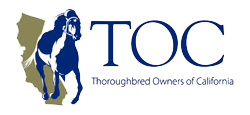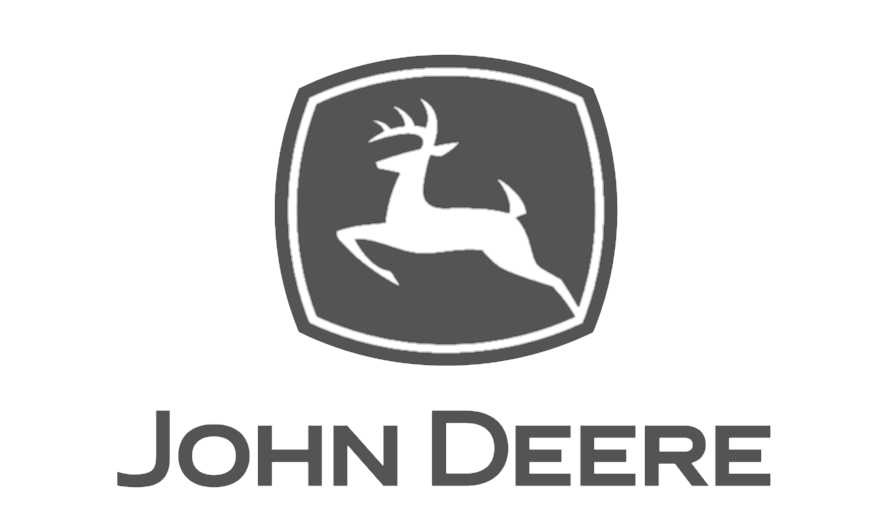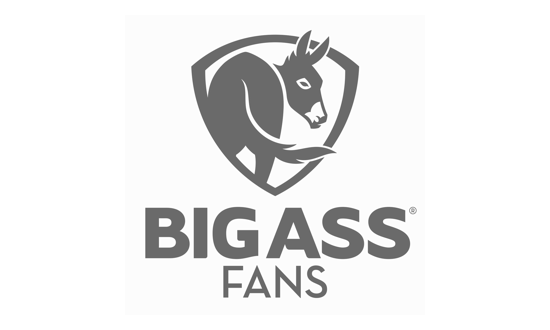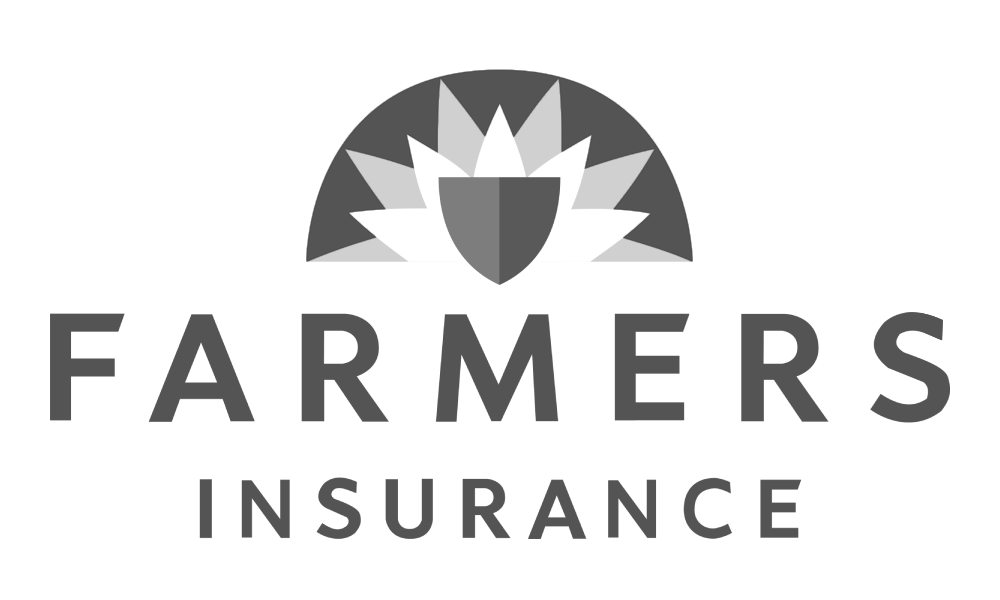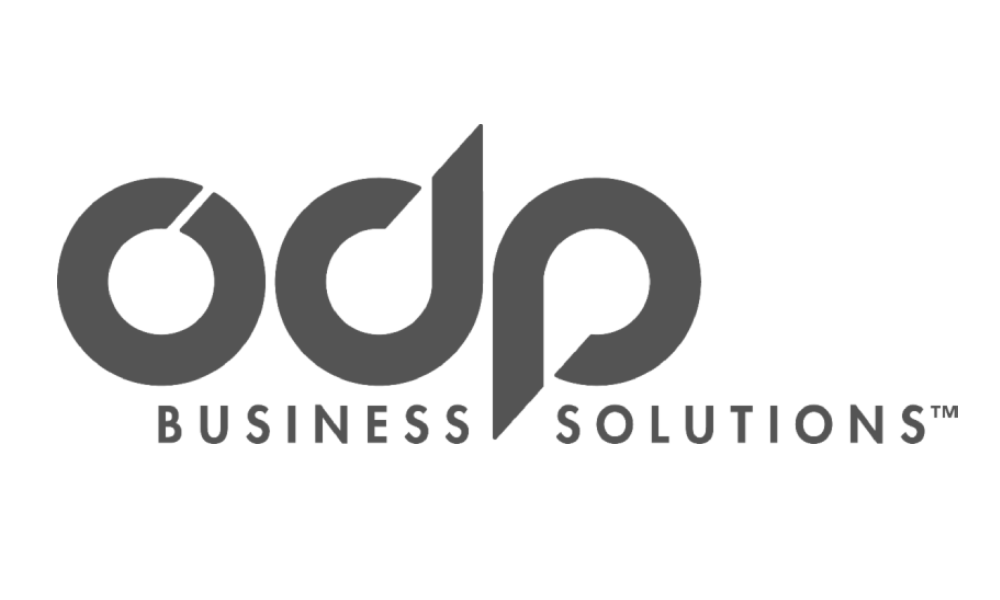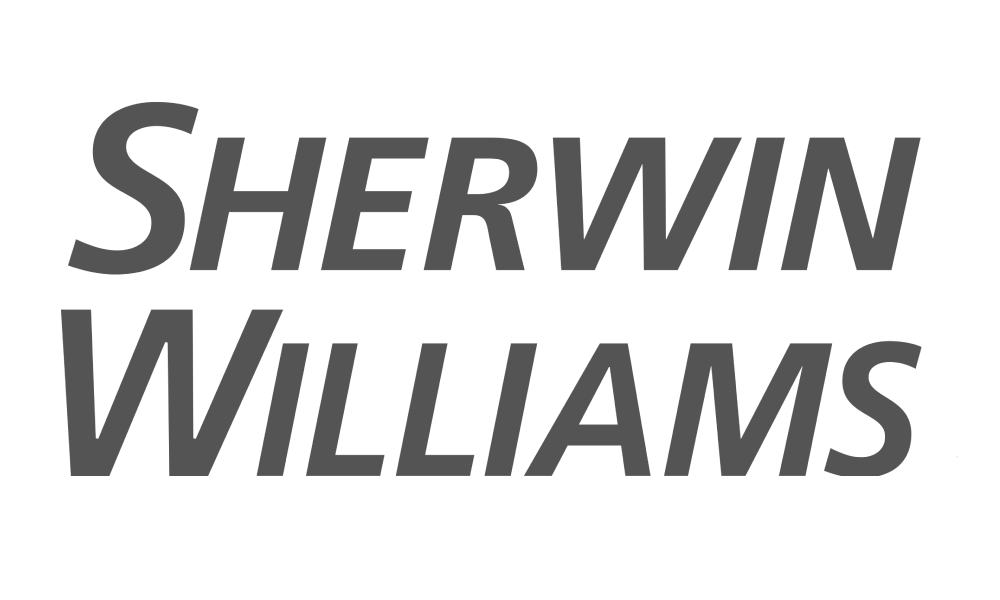Owner’s Involvement, Key to Turning Profit
by Gary Burke
Having to pay the training bills on between 30 and 40 horses every month has caused me to take a keen interest in the operation of my racing stable. Even after 14 years in the business, I still get anxious every month when I look at my training bills – whether it be of dread or fear. Believe me, my monthly operating expenses are a tough nut to crack! But through my experiences operating a racing stable, which includes facing the major changes in the tax laws in 1986, I have learned the hard way. The key to operating in the black is to be involved. Simple concept, but it takes some work.
When you enter the racehorse business, you will find a wonderful new world of folks eager and willing to tell you everything you could ever want to know about owning racehorses. In a perfect world, your carefully selected trainer will have all the right strategies to help you win every race. Your veterinarian, who is called upon for numerous items, comes in handy to point a finger at when your trainer’s strategies don’t win. The farm manager, if you use one, will tell you that you own a world-beater. And if you do as I do, and send your horses to a training facility prior to sending them to the race track, then you will have one more opinion that undoubtedly conflicts with the other three, which already conflict with each other.
Welcome to racehorse ownership! That’s why it’s so important to become involved. After all, someone has to figure out what to do with all of this input and keep all of the players happy. But sorting through all of this information, and with the bigger picture in mind, I can and do make better decisions. My success has increased. As the IRS will tell you – if they could – I’m running in the black and crossing my fingers.
Keep Good Records. A properly conducted racing stable can run in the black. Good record-keeping is key, as you need to see where your money is going. Keep your books like any other business. A simple balance sheet and profit and loss statement will help track your stable’s profitability (see sidebar). If you don’t feel comfortable keeping your own books, use a CPA that’s familiar with horse racing tax laws and regulations. You will find that running a horse operation for profit will influence your decisions as to how much you want to pay for a horse and at what level you will race it. Contrary to popular thinking, many expenses are legitimate – to illustrate this I have included a basic chart of accounts. Of course these would be adjusted according to your individual requirements. Once again hire a competent and knowledgeable CPA to help you.
Generate Cash Flow / Race Where You Are Competitive. It is extremely important to generate cash flow. Having more than one horse, even if it’s only partial interests in horses, helps in this area as horses get sick, need time off, and are not able to race all of the time. I try to keep between 50% and 70% of my horses in training, as it is very difficult to make a profit below 50%. You must also remember that it costs the same amount of money to train a $10,000 horse as it does a $50,000 horse. Yet, the purse money is about three times more for the expensive horse. Therefore, if turning a profit is important to you, as I suspect it is, it might be wiser to own part of a quality horse than all of a cheaper one. As the industry continues to improve purses for owners, it becomes essential to race your horses at levels where they can be competitive. For example, if you pay $30,000 for a horse, and find that it needs to run for $16,000 to win, you will still earn approximately $8,800 less jockey and trainer fees upon winning. On the other hand, if the horse runs up the track for $32,000, you earn nothing. Meanwhile, the costs continue…
Work Closely With Your Trainer. Your trainer can be helpful to the success of your operation in many ways besides the day-to-day conditioning of your horse. He or she basically manages each horse, and can control many of the costs associated with training. I have found that working closely with my trainers helps them understand the financial impact training costs have on my pocketbook. Supplying them with profit-and-loss statements from time-to-time and having regular business discussions is very beneficial. During these meetings I explain to them the importance of monitoring costs, as their livelihood is directly affected by my ability to afford ownership. For example, I find vet bills to be my largest operating cost – outside of the day-to-day training cost. As trainers are in direct contact with the vets, they have some control over your vet bill. By explaining to my trainer the need to watch veterinary costs, I have seen a reduction in my monthly vet costs. Also, give a horse some rest to allow him to recover from the stress of racing and reduce the need for medication. It’s a good bet that time off will allow your horse to come back and be competitive at or above the level he left. So too, by keeping your trainers informed, they will be more careful in selecting horses for you to purchase, since it’s in their best interests to help make your investment profitable so you will enthusiastically stay involved in racing. I meet individually with trainers, veterinarians, farm managers, bloodstock agents, consignors, jockey agents, and transportation company representatives.
Through such meetings, I can honestly say that I learned something from each one that ultimately had a favorable impact on my business. While most owners just interact with their trainers, I find that the other people mentioned are quite willing to exchange their ideas and assistance. As in any other business, the owner needs to know the players and establish strong relationships. It’s also part of the fun of ownership. Get involved in your racing stable, watch where your money goes, ask questions, and work towards running in the black!
A founding Director of TOC, Gary Burke operated a sizeable claiming stable until his passing in 2001.
